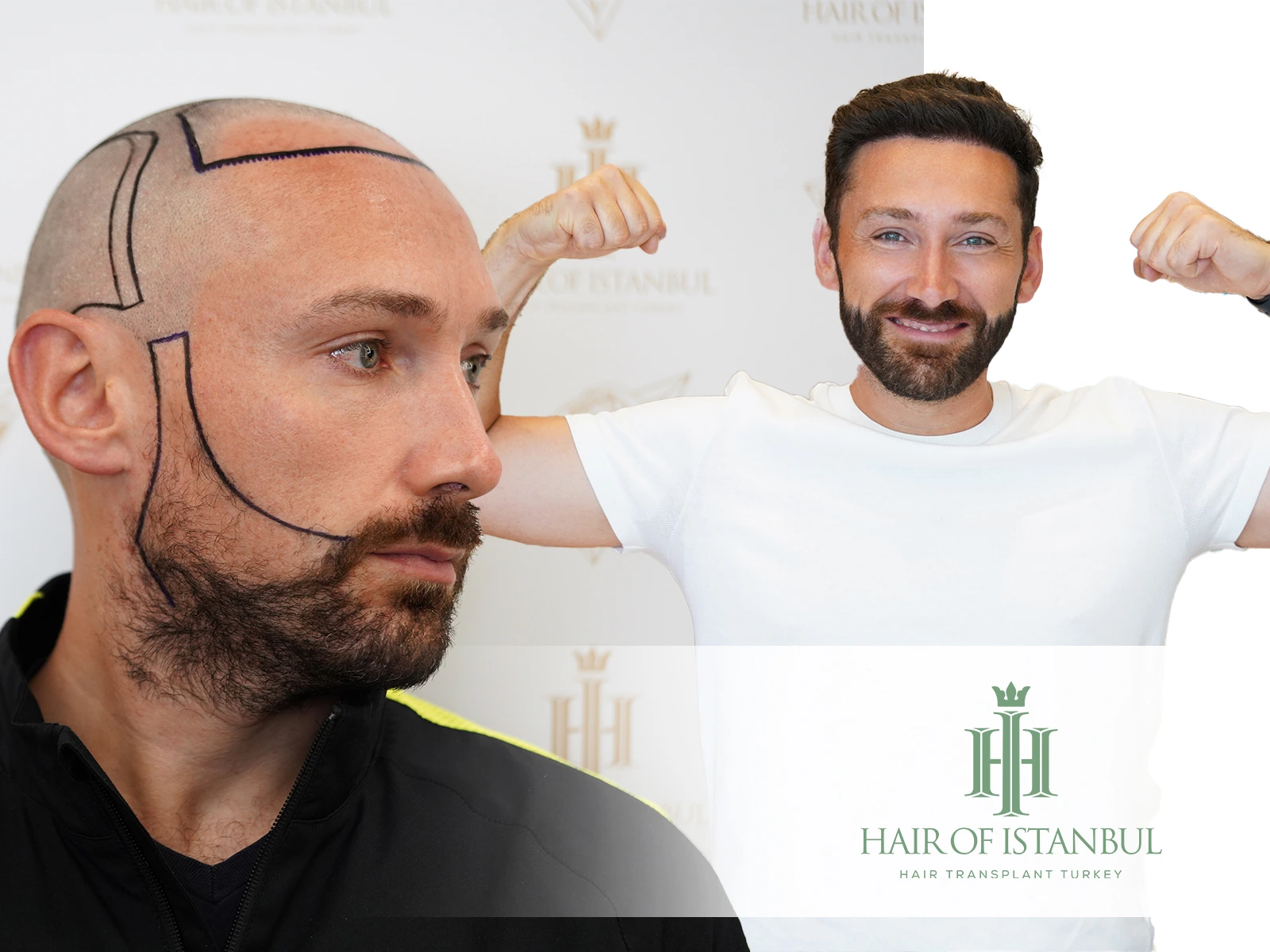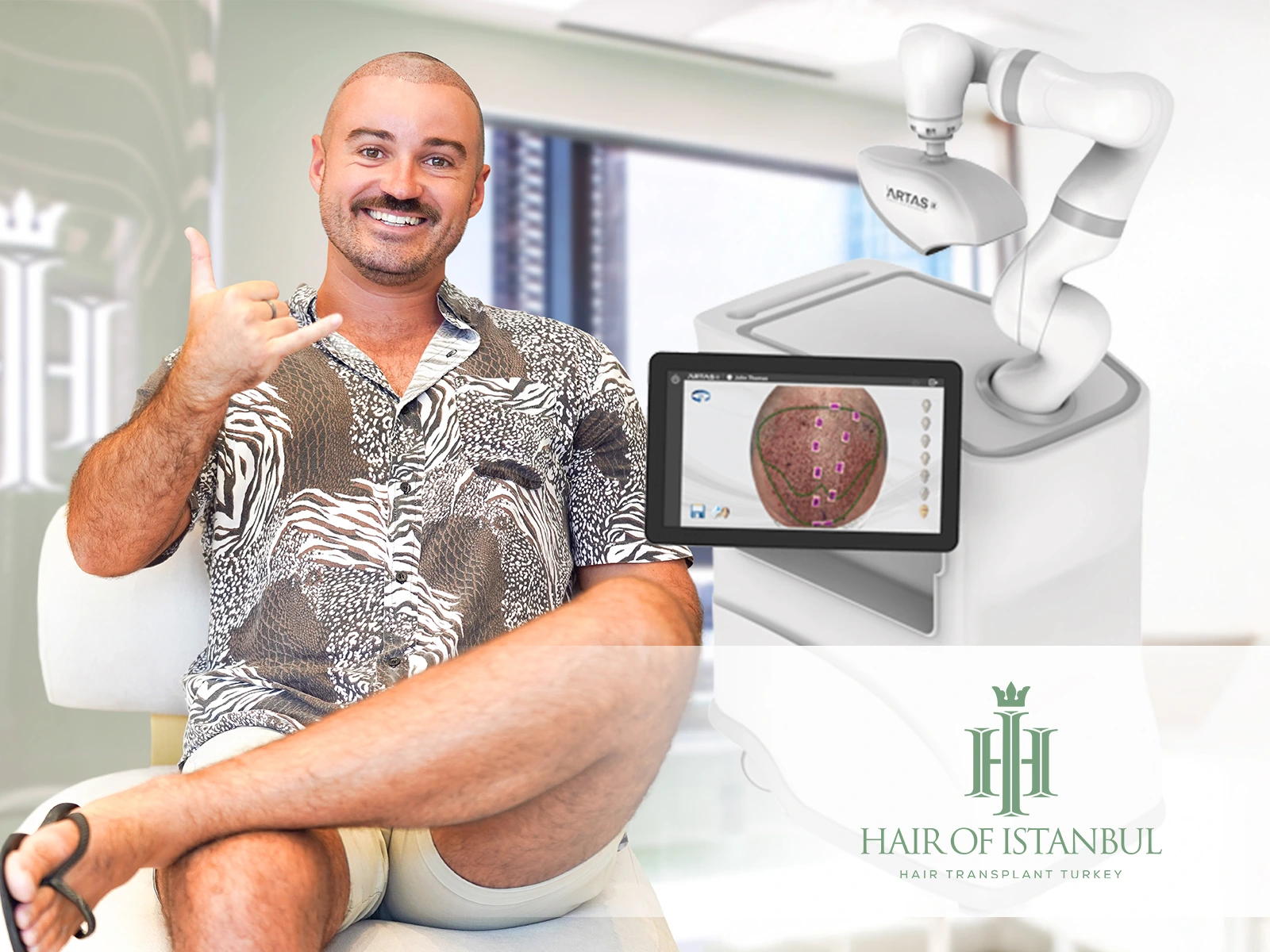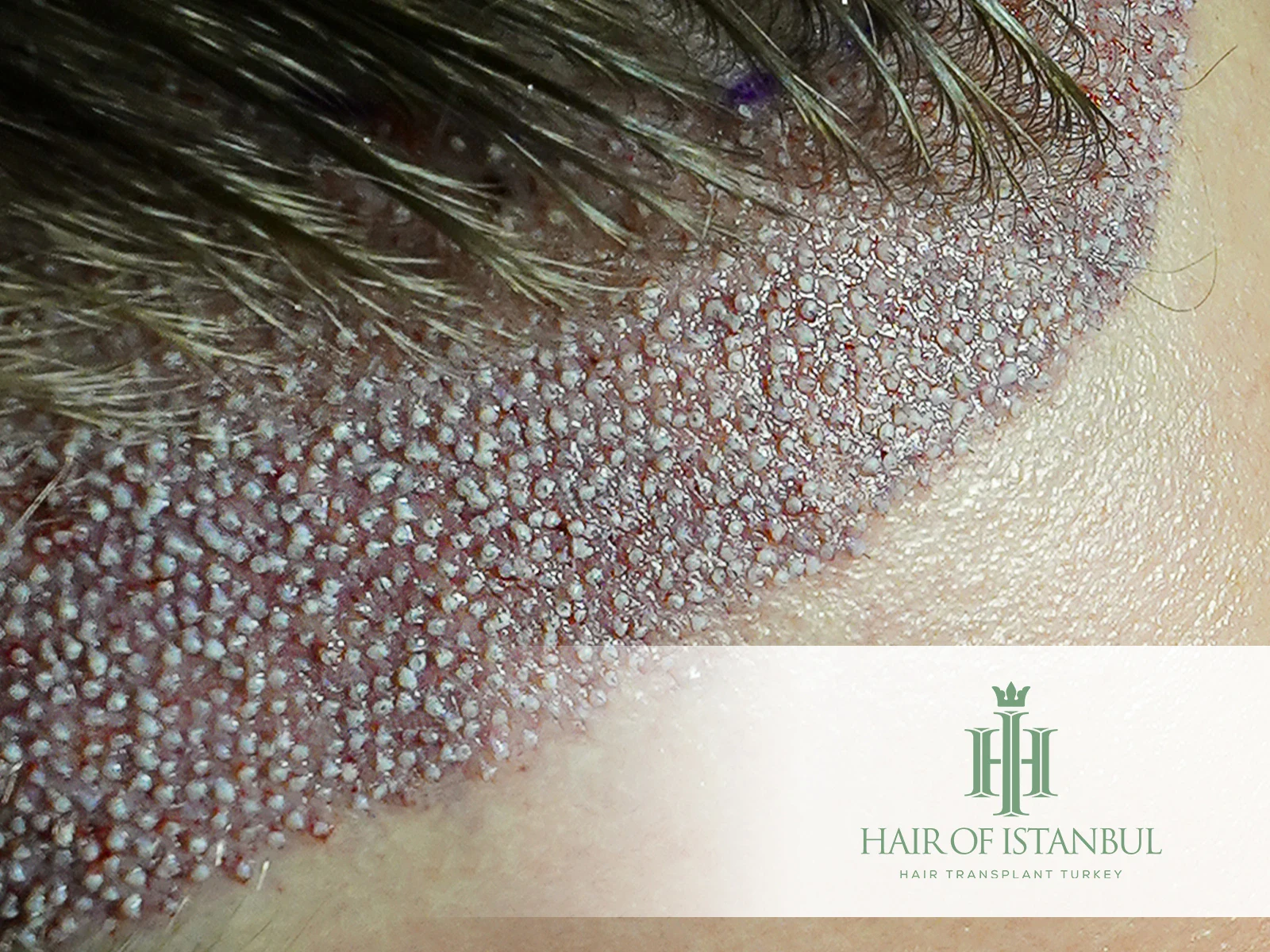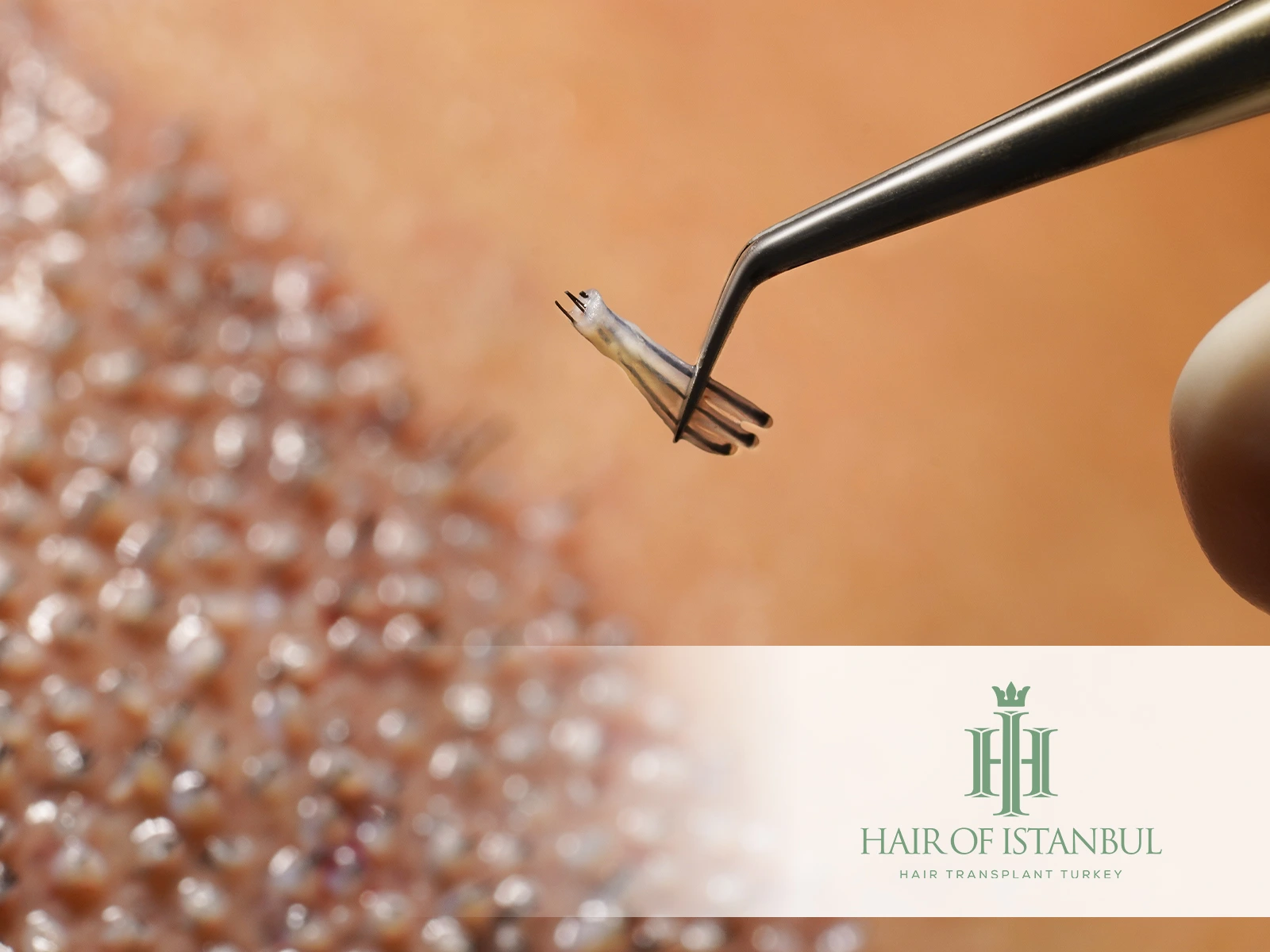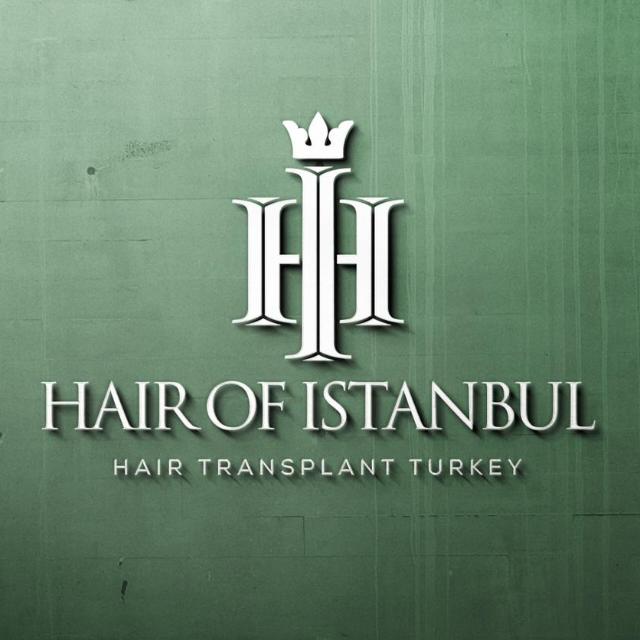Cobblestoning After Hair Transplant: Common or Concerning?
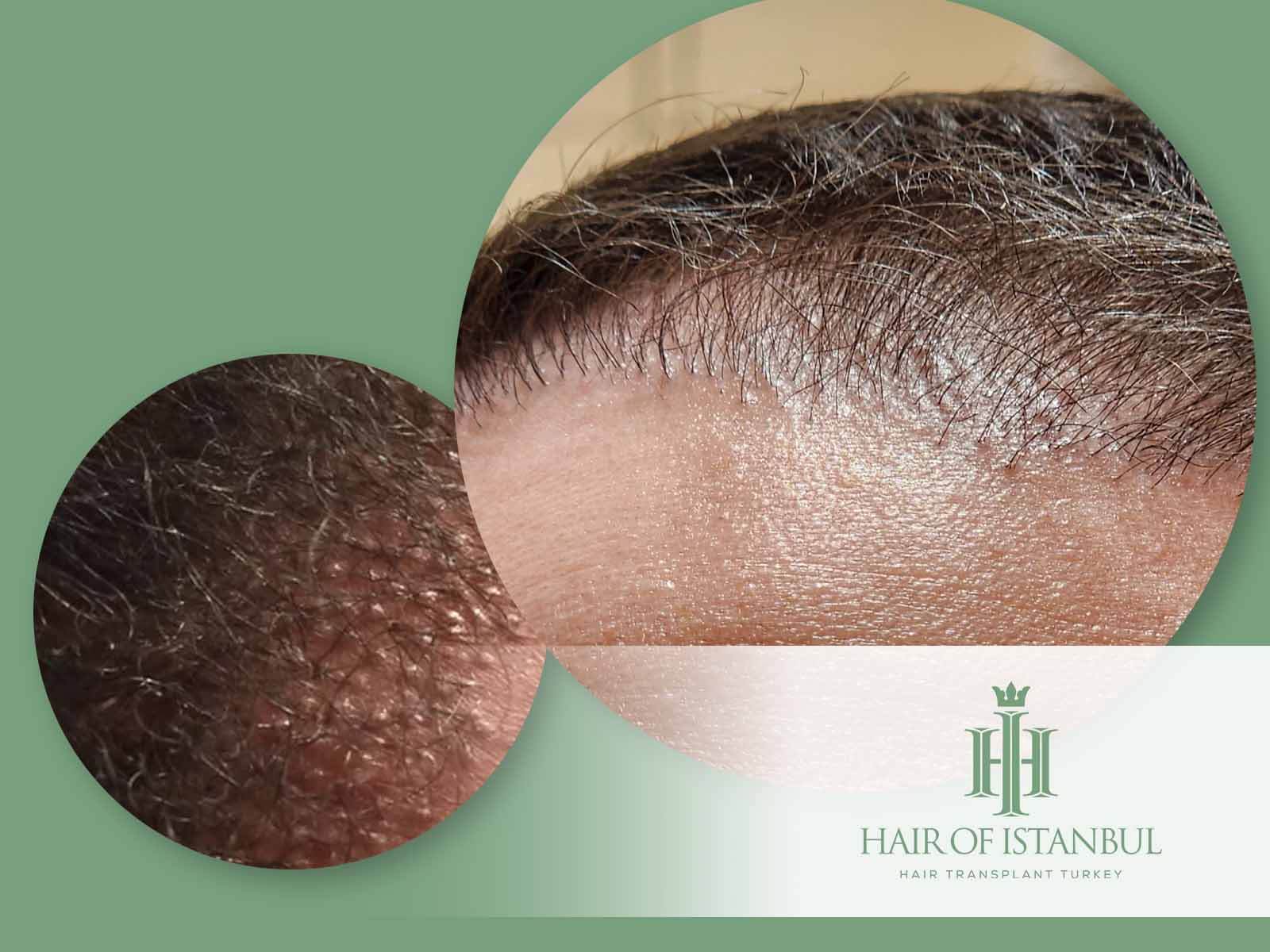
Cobblestoning after a hair transplant can lead to unexpected challenges in the journey towards restoring one’s hair. This complication, often unforeseen, plays a significant role in both the aesthetic outcome and the overall satisfaction with the surgical process.
As we navigate through this discussion, we will uncover the factors contributing to this issue and the essential measures required to prevent and address it, paving the way for smoother, more successful hair restoration results.
What Is Cobblestoning In Hair Transplant?
Cobblestoning refers to a specific texture on the scalp after a hair transplant, resembling the uneven, bumpy surface of a cobblestone path. This condition manifests as small, raised bumps in the transplanted area, which can make the skin appear irregular and uneven. This is often a sign of less than optimal placement of the grafts or healing irregularities following the surgery. [1]
Also Read: Scalp Necrosis After Hair Transplant: What You Need to Know?
What Does Cobblestoning Look Like?
Cobblestoning in the context of hair transplants presents as small, raised protrusions on the scalp where hair grafts were inserted. These bumps give the scalp a rough and uneven texture, which is noticeable both to the touch and visually. The appearance can vary from mildly noticeable to significantly pronounced, depending on the extent of the condition.
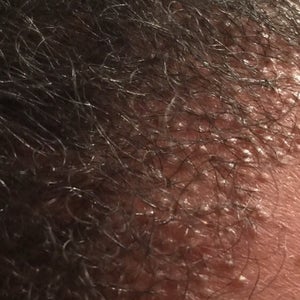
Image: realself.com
What Causes Cobblestoning To Happen?
| Follicle Depth: | When hair follicles are implanted either too superficially or too deeply into the skin, irregularities and elevations can occur on the surface. Proper depth ensures that hair follicles are aligned with the skin surface. |
| Technical Errors: | Improper techniques used during hair transplantation can disrupt wound healing and lead to cobblestoning. For example, sutures that are too tight or too loose can cause surface irregularities. |
| Healing Process: | If a patient’s skin has low healing capacity or if post-operative care is inadequate, elevations can occur in the transplant area. Factors affecting the healing process include infections, insufficient care, and circulation issues. |
| Tool Quality: | Using low-quality or improperly sized tools during the transplant can lead to irregularities in the skin and subsequent cobblestoning. |
| Operator Experience: | Inexperience of the operator performing the hair transplant can lead to follicles being placed at incorrect angles or with incorrect techniques, resulting in uneven elevations on the skin surface. |
Also Read: Tips to Reduce Swelling After Hair Transplant: Expert Advice
Is It Normal To Have Cobblestones After A Hair Transplant?
Having cobblestones after a hair transplant is not normal and is considered a surgical error. While it is not life-threatening or fatal, it can significantly affect a patient’s self-confidence by making them feel insecure about their appearance.
Proper surgical techniques and post-operative care are crucial to avoiding this complication, highlighting the importance of choosing experienced surgeons and adhering to prescribed care routines.
Does Cobblestoning Happen For Every Hair Transplant Procedure?
Cobblestoning does not occur with every hair transplant; it’s an abnormal outcome rather than a typical one. If you notice signs of cobblestoning, it is essential to consult your doctor.
Also Read: Redness After Hair Transplant: Causes, Symptoms, and Solutions
Does Cobblestoning Go Away?
Cobblestoning typically does not resolve on its own and may require medical or surgical intervention. This condition usually persists unless addressed with specific treatments aimed at smoothing the uneven skin texture or adjusting the improperly placed follicles.
How Do You Fix Cobblestoning After A Hair Transplant?
To address cobblestoning after a hair transplant, several treatment options are available, each with its considerations:
| Revision Hair Transplant: | Sometimes, implanting new follicular units at the correct depth can cover up the cobblestones. Once the new hairs grow sufficiently, they can help conceal the irregularities. |
| Laser Surgery: | Laser treatments can smooth out the skin but may also lead to additional scarring. Therefore, this method should be approached cautiously. |
| Scalp Micropigmentation (SMP): | This involves using special ink and a super fine needle to help diminish the appearance of small bumps. |
Also Read: Do You Need to Take Finasteride After Hair Transplant?
CONCLUSION
At Hair of Istanbul, we are deeply committed to delivering exceptional care throughout the hair transplant process to prevent complications such as cobblestoning. Our clinic employs the latest techniques and stringent protocols designed to ensure each patient receives the highest standard of treatment, greatly reducing the likelihood of encountering issues like cobblestoning after a procedure.
Understanding the significance of choosing the right clinic cannot be overstated. The expertise and the technology at our disposal at Hair of Istanbul are pivotal in providing outcomes that not only meet but exceed patient expectations. Should any concerns arise post-transplant, we are fully equipped to address them efficiently, emphasizing our dedication to patient satisfaction and optimal results.
Selecting a reputable clinic like Hair of Istanbul ensures that you are in the hands of professionals who prioritize your well-being and the success of your hair restoration journey. We are here to support you every step of the way, ensuring a smooth transition to the full, natural-looking hair you desire.
References:
- [1] J Cutan Aesthet Surg, Oct 11, 2018 – Complications in Hair Transplantation – https://pmc.ncbi.nlm.nih.gov/articles/PMC6371733/
- [2] Britt5673, Jan 9, 2017 – Cobblestone and bumps after Hair Transplant, is this a part of the process? (photos) – https://www.realself.com/question/cobblestoning-year-after-hair-transplant


